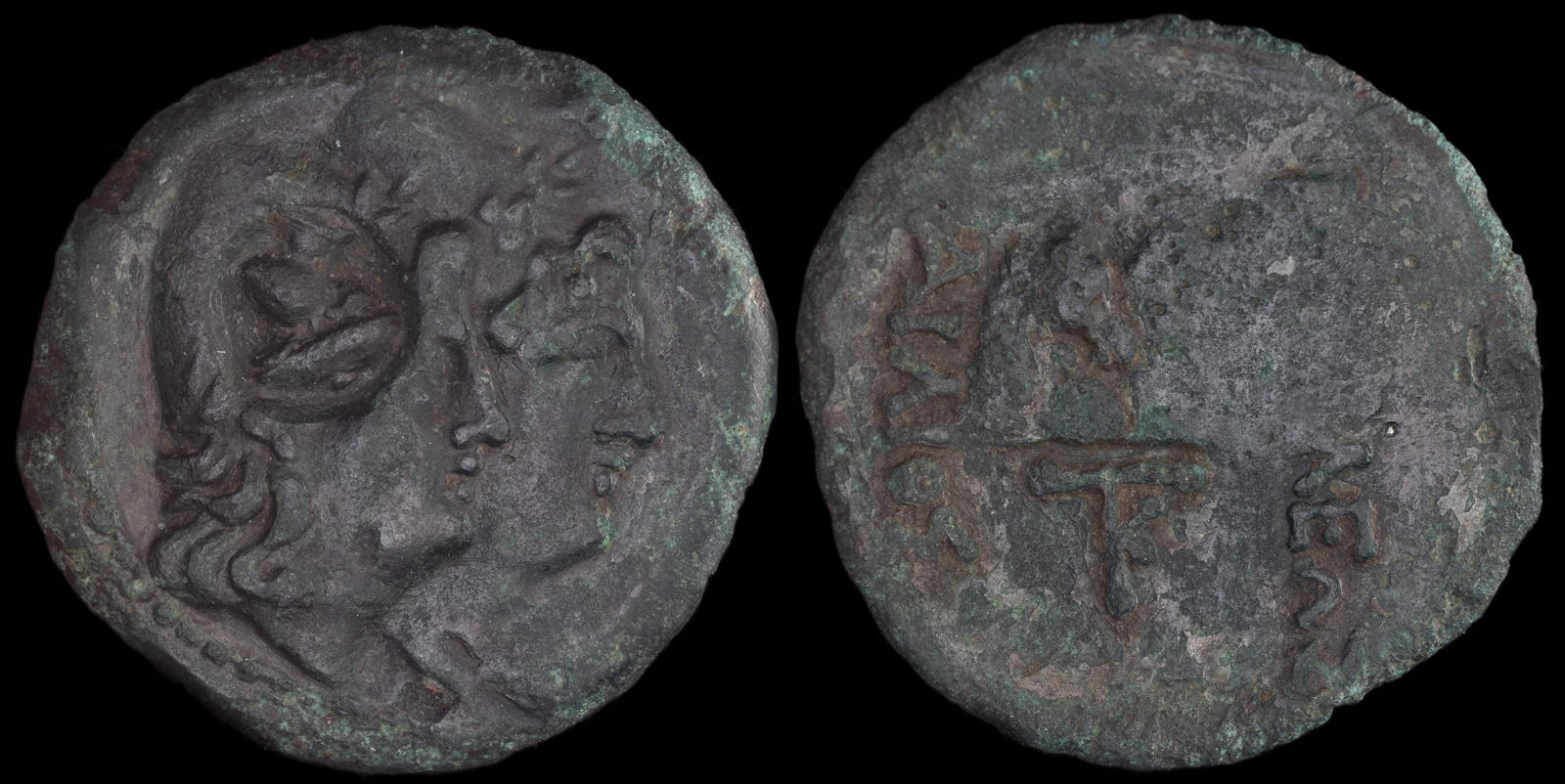Hermes
View All Tags
One of Hermes’ primary duties was to act as the messenger of the gods, particularly for Zeus, delivering divine commands and messages to both gods and mortals. This role made him a crucial intermediary between the divine and human worlds. Often depicted with his distinctive winged sandals, winged helmet, and the caduceus (a staff entwined with two snakes), Hermes was the embodiment of speed and communication. His swiftness enabled him to travel between the heavens, earth, and the underworld, ensuring that messages were delivered quickly and efficiently. In some myths, he would also be responsible for leading the souls of the dead to the underworld, acting as a guide for the deceased on their journey to the afterlife.
Hermes also had significant duties as the god of trade and commerce. As a patron of merchants and travelers, he was associated with the movement of goods, trade routes, and the safe passage of people from one place to another. This aspect of Hermes’ character made him especially important in a world where long-distance travel and commercial exchanges were vital. His influence over commerce extended to the protection of merchants’ interests, ensuring that transactions were successful and free from deception.
In addition to his roles as a messenger and god of commerce, Hermes was the god of thieves and cunning. He was known for his cleverness and trickery, often using his quick wit and shapeshifting abilities to outsmart both gods and mortals. One of his most famous exploits involved stealing Apollo’s cattle when he was just a baby. Despite the theft, Hermes’ charm and quick thinking allowed him to avoid punishment and even later reconcile with Apollo. This cunning nature made him the patron of thieves, who invoked his name for luck and success in their schemes.
Hermes’ diverse duties extended to other areas as well, including his role as the god of athletes, where he was believed to offer his assistance in competitions, and as a protector of boundaries and travelers, where he safeguarded those journeying through unknown or dangerous places.
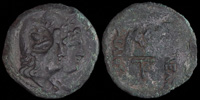
Ailis, 2nd century BCE
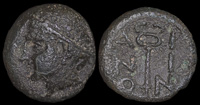
Ainos, Thrace 280-200 BCE
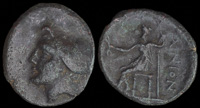
Ainos, Thrace after 323 BCE
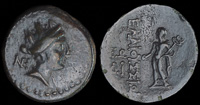
Elaiussa Sebaste, Cilicia 1st century BCE
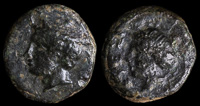
Eresos, Lesbos 300-200 BCE
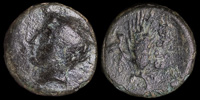
Eresos, Lesbos 3rd-2nd cent BCE
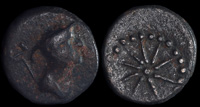
Gargara, 3rd-2nd centuries BCE

Hermes of Olympia 238-244 CE
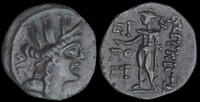
Korykos, Cilicia 1st century BCE

Kypsela, Thrace 420-380 BCE

Magnesia ad Sipylum, Lydia 2nd-1st century BCE
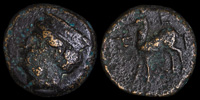
Nikagoras of Zeleia 4th century BCE
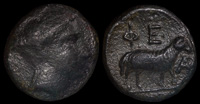
Pheneos, Arkadia 350-300 BCE
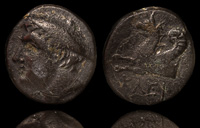
Phokaia, Ionia 350-300 BCE

Sestos, Chersonese 300 BCE
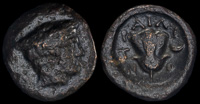
Tragilos, Macedon 400-380 BCE
